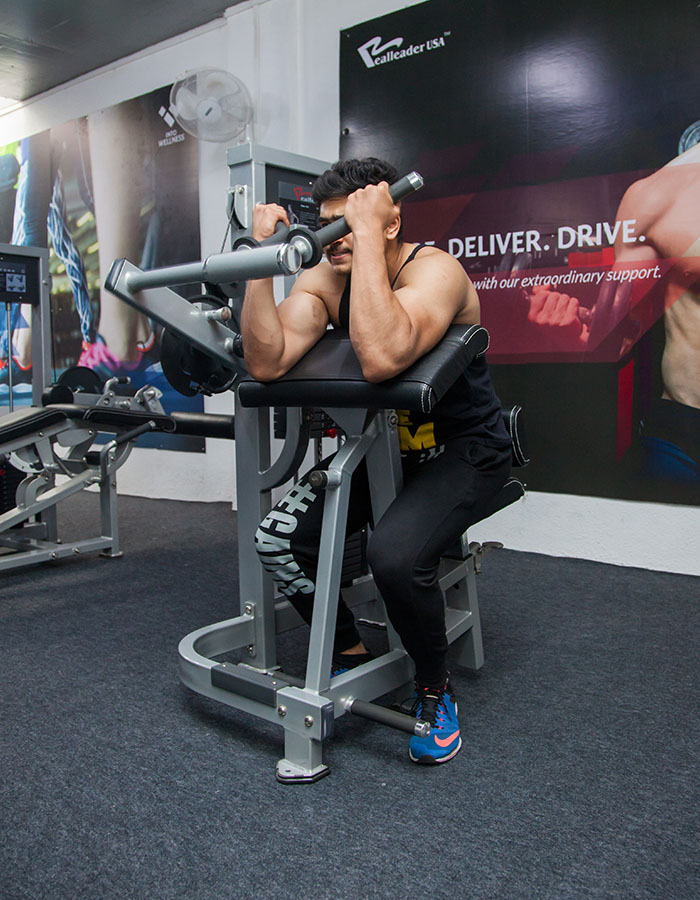Mathematics, Free Full-Text
$ 21.00 · 4.6 (350) · In stock
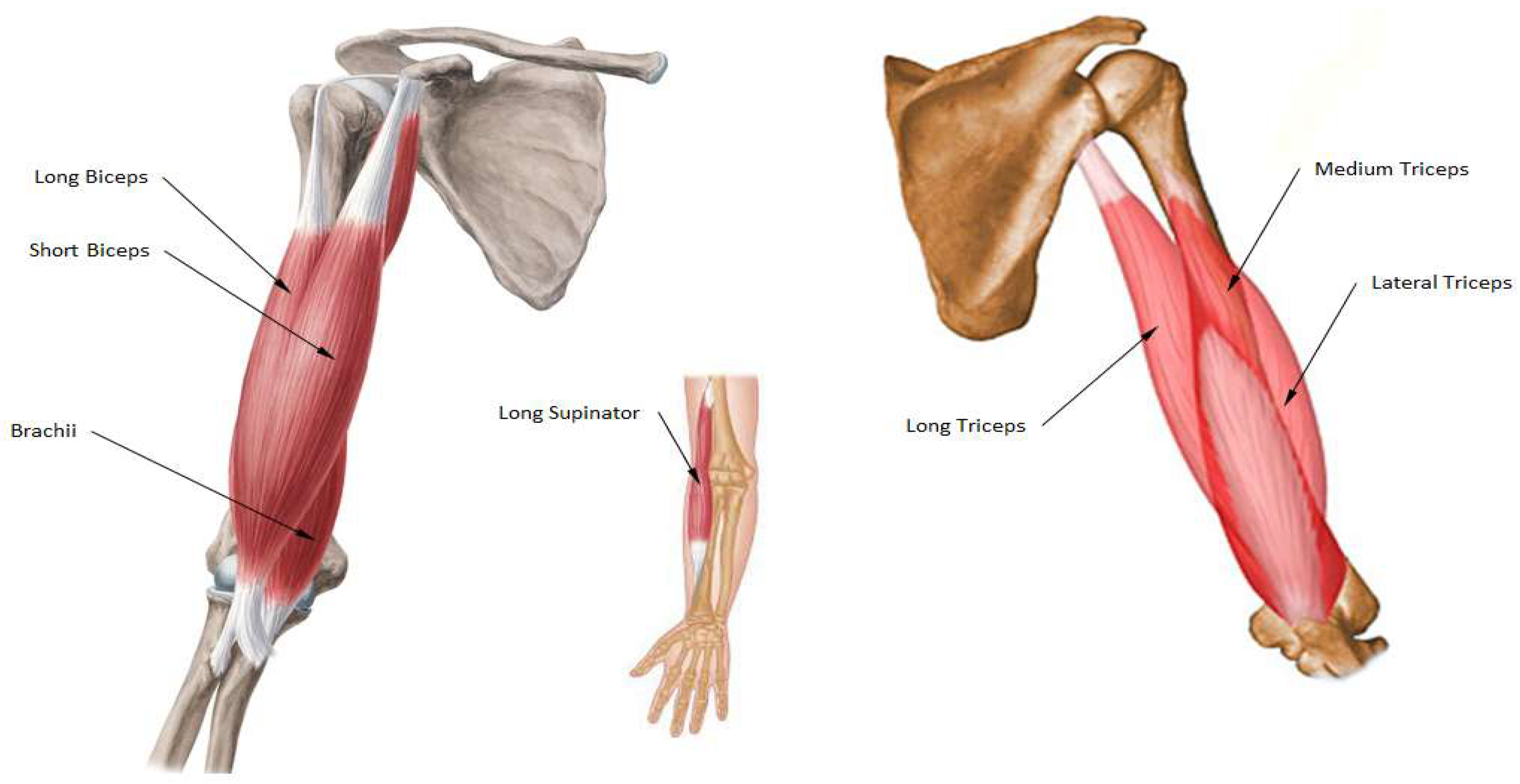
Although isometric contractions in human muscles have been analyzed several times, there are no FEA models that allow us to use the same modeled joint (the elbow under our case) in different conditions. Most elbow joints use 3D elements for meshing. Representing the muscles in the joint is quite useful when the study is focused on the muscle itself, knowing stress distribution on muscle, and checking damage in muscle in a detailed manner (tendon–muscle insertion, for example). However, this technique is not useful for studying muscle behavior at different positions of the joint. This study, based on the mechanical model of the elbow joint, proposes a methodology for modelling muscles that will be studied in different positions by meshing them with 1D elements. Furthermore, the methodology allows us to calculate biceps and triceps efforts under load for different angles of elbow joint aperture. The simulation results have been mathematically modelled to obtain general formulations for these efforts, depending on the load and the aperture angle.

Mathematics, Free Full-Text, 8 am pt brasil

Mathematics, Free Full-Text

Mathematics, Free Full-Text, rule 63 significado

Mathematics, Free Full-Text, rule 63 significado

Mathematics, Free Full-Text
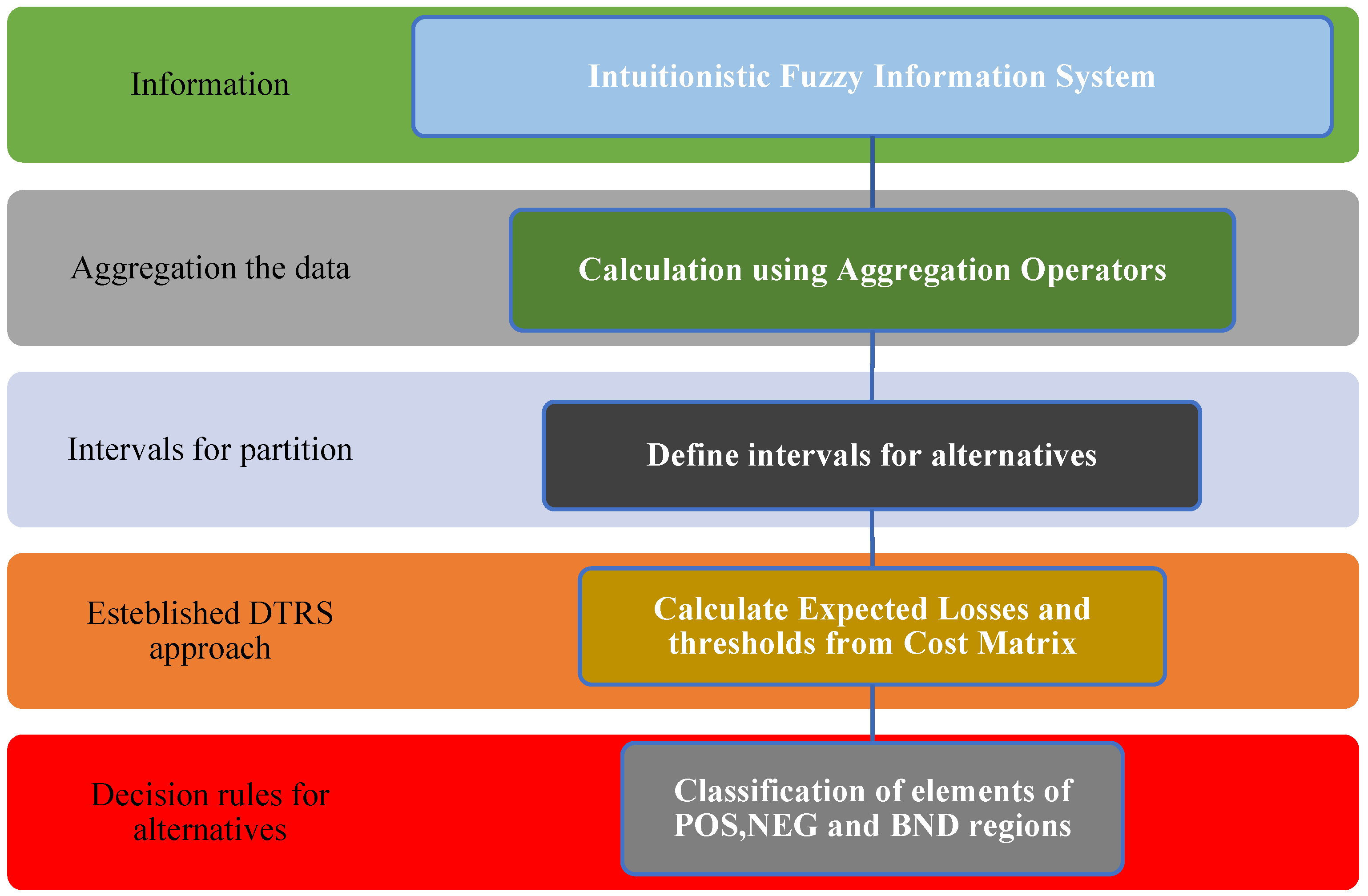
Mathematics, Free Full-Text

Mathematics, Free Full-Text
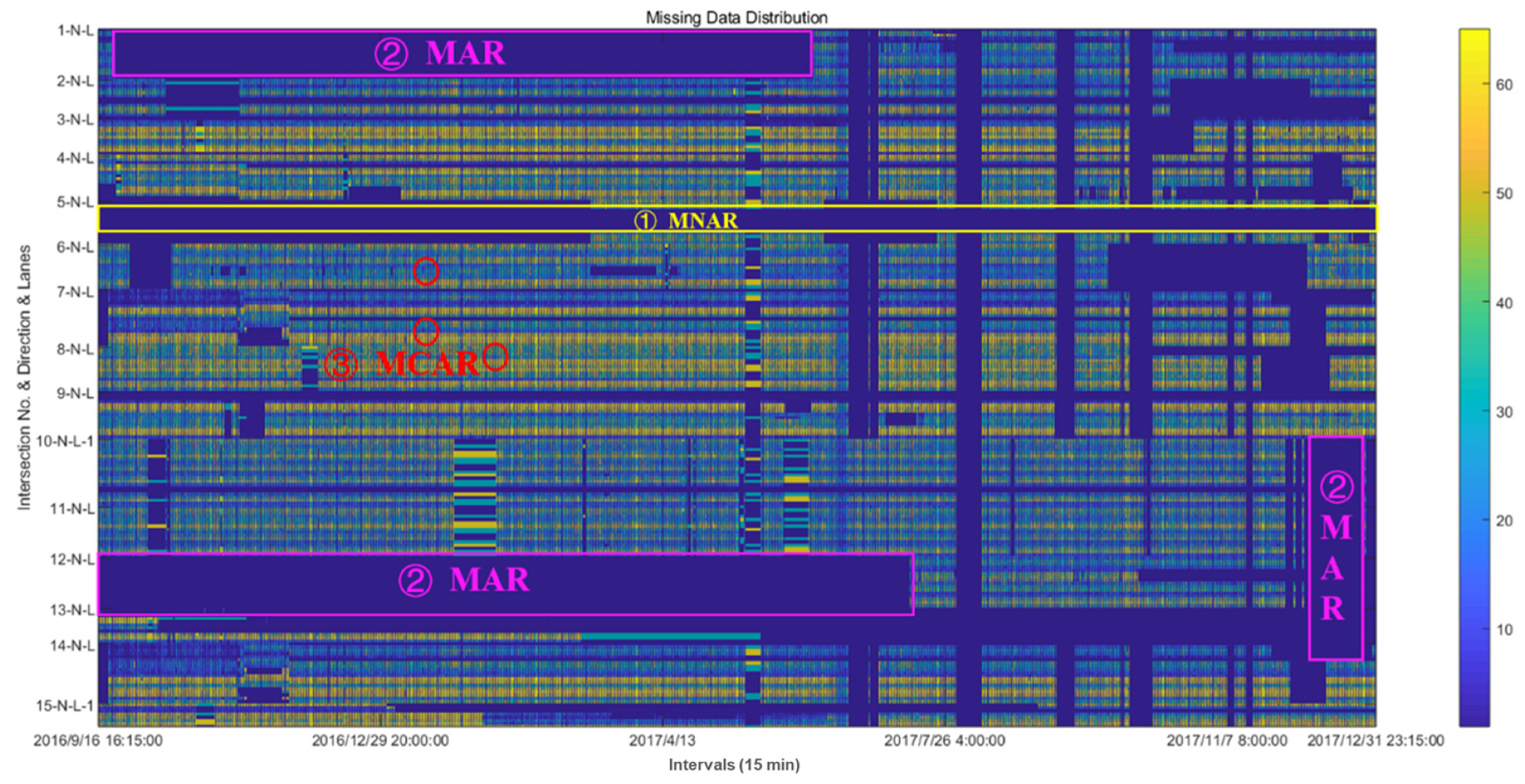
Mathematics, Free Full-Text

Mathematics, Free Full-Text
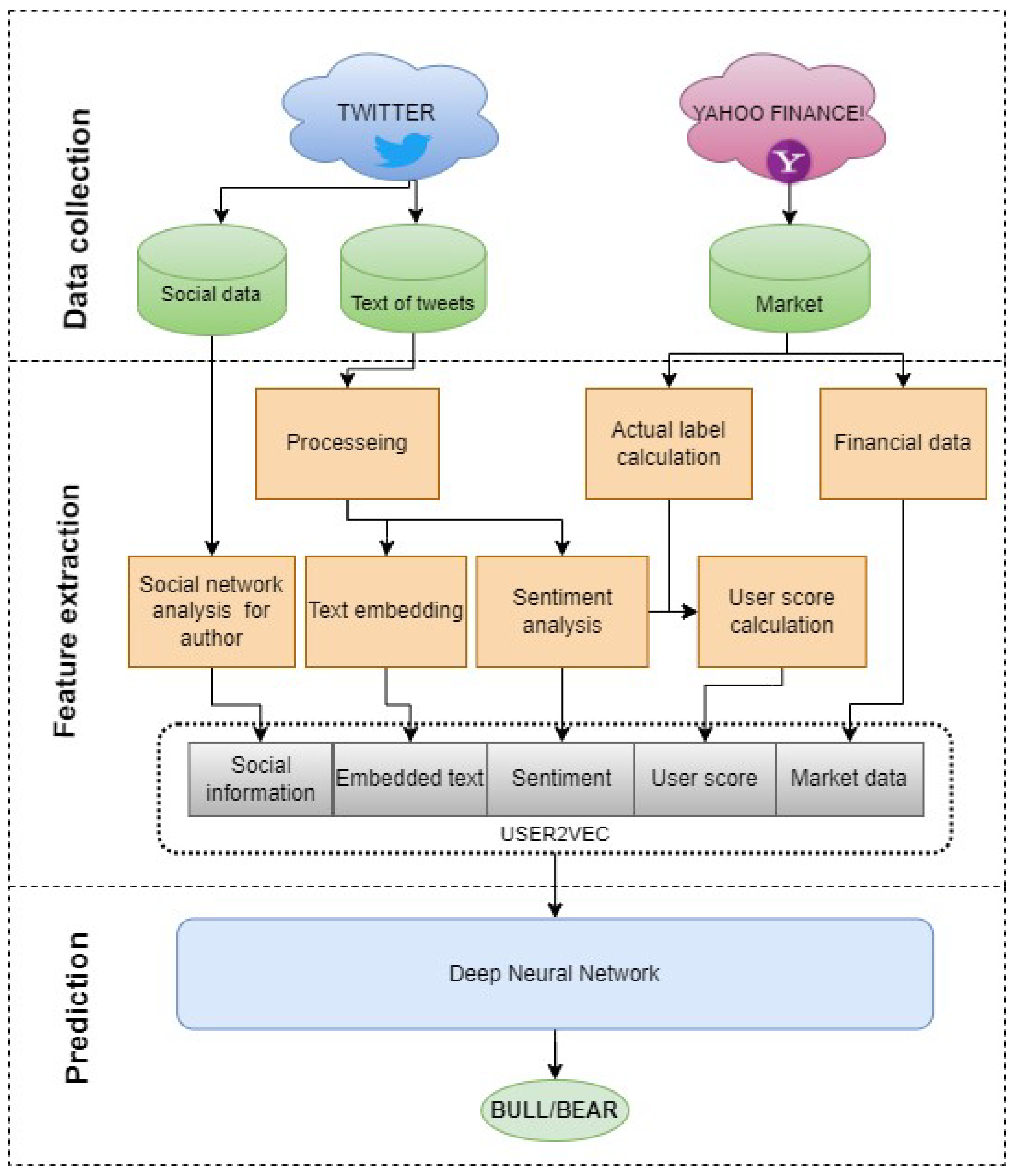
Mathematics, Free Full-Text
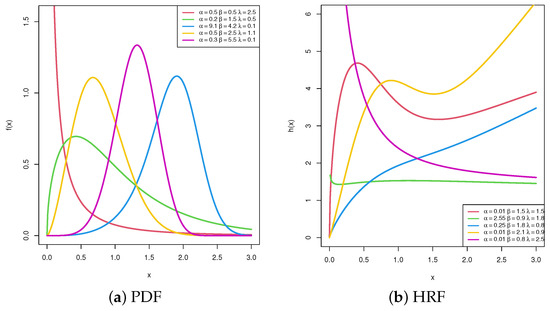
Mathematics, Free Full-Text, rule 63 significado
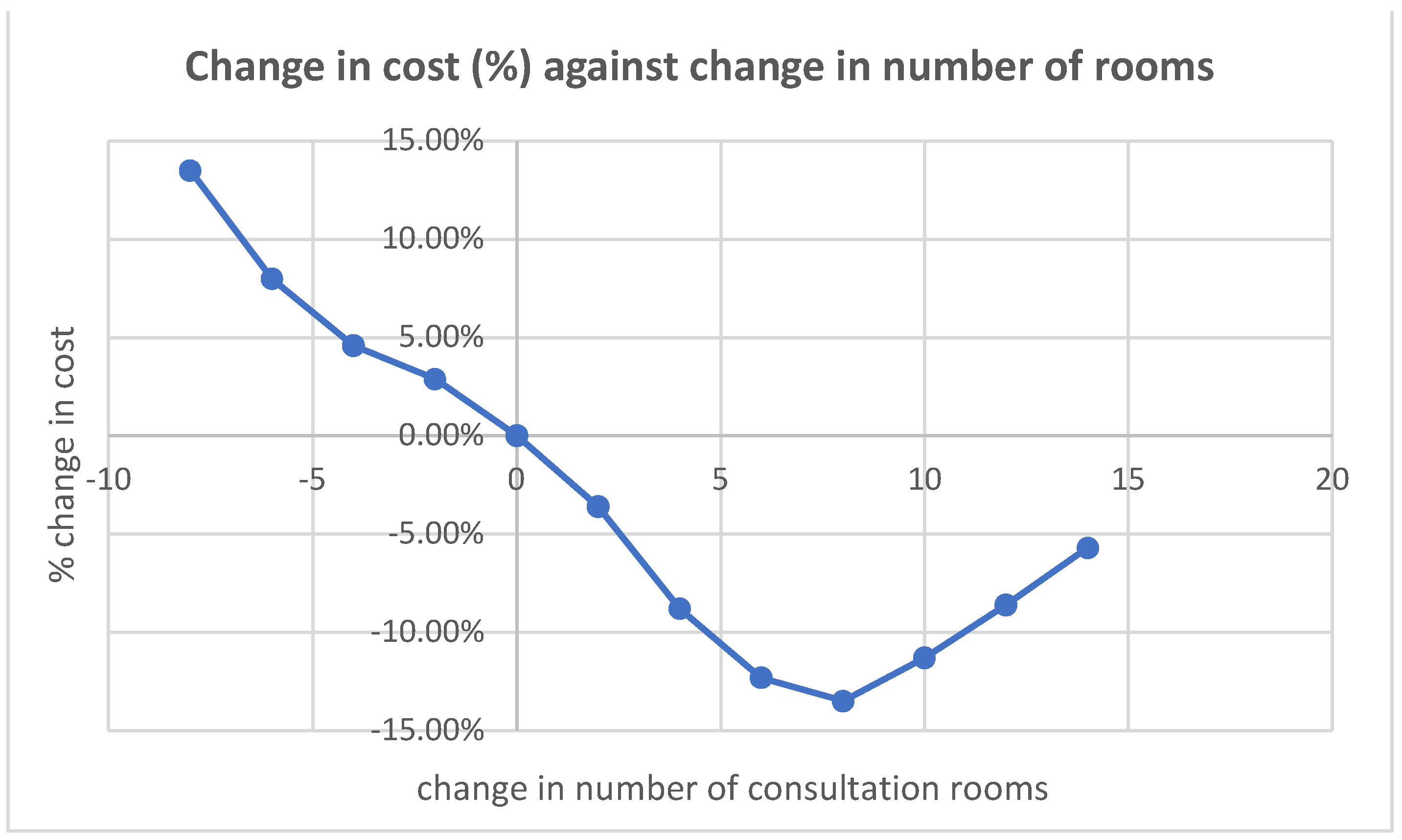
Mathematics, Free Full-Text









